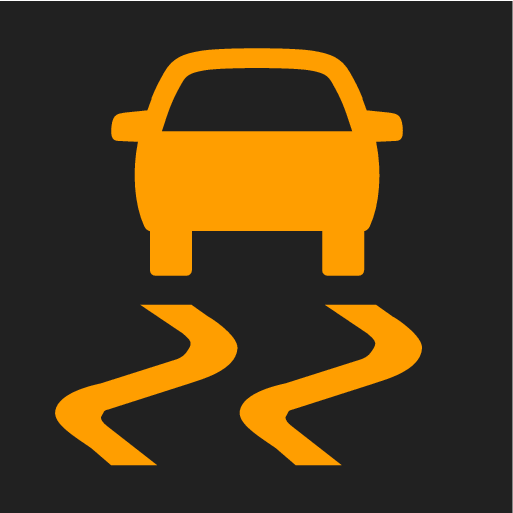
This symbol will be displayed in the instrument panel when the ESC system is intervening.
When the ESC has intervened to apply the brakes, a pulsing sound may be heard and the vehicle may accelerate more slowly than expected when the accelerator pedal is depressed.
- Stability control2
- Spin control and active yaw control
- Engine drag control
Warning
- The Electronic Stability Control system ESC is supplementary driver support intended to facilitate driving and make it safer – it cannot handle all situations in all traffic, weather and road conditions.
- ESC is not a substitute for the driver's attention and judgment. The driver is always responsible for ensuring the vehicle is driven in a safe manner, at the appropriate speed, with an appropriate distance to other vehicles, and in accordance with current traffic rules and regulations.
Stability control2
This function helps control the driving and braking force of each individual wheel in an attempt to stabilize the vehicle.
Spin control and active yaw control
This function is active at low speeds and brakes the wheels that are spinning to transfer additional power from wheels that are not spinning.
This function also helps prevent the wheels from spinning while the vehicle is accelerating.
Engine drag control
Engine drag control (EDC3) helps prevent inadvertent wheel lock, e.g. after downshifting or using engine braking when driving at low speeds on a slippery surface.
Inadvertent wheel lock while driving could impair the driver's ability to steer the vehicle.